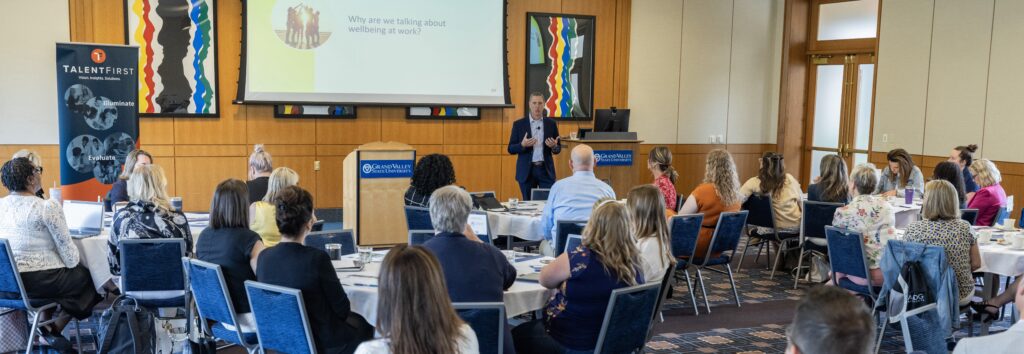The year 2020 may seem like a long ways away, but for those who work at the U.S. Census Bureau, it looks imposingly soon. Every ten years, thousands of individuals across the country are put to work surveying the population of every state, county, city, and household in the U.S. in one task explicitly assigned to the federal government by the Constitution. Over time, this data has become more thorough and more valuable for businesses like Talent 2025 member companies right here in West Michigan.
To highlight how valuable this data is to our community, business owners, and other community leaders, here are a few ways Talent 2025 uses data from the U.S. Census Bureau.
The American Community Survey
Among the largest dataset collected on an annual basis is the American Community Survey, or ACS. This annual sample provides data that can be analyzed at a sub-county and sub-city level, making it incredibly valuable for local organizations in West Michigan working in specific communities and regions.
The ACS includes an incredible amount of (anonymous) information on local populations: economic variables include employment status, income and wage information, poverty status, insurance coverage, commuting information, and occupation and industry classification to name a few; social variables include family structure, race and ethnicity, age and gender, and educational attainment to name a few others.
Educational attainment, or the ability to see precisely what proportion of the adult population has education beyond high school, is the basis behind Goal 2025 and the indicator which Talent 2025 bases our mission on. Migration patterns are used by our Talent Attraction and Retention Working Group to get a sense of where residents are coming from and where they might be leaving Michigan to go to, information that can help us better attract talent back into the region.
Our Workforce Development Working Group uses ACS data to create and benchmark the working age (25-54) labor force participation rate on a regional level. The other Key Performance Indicator (KPI) for that same group, the percentage of households above the ALICE Threshold, is devised from ACS data. Without the ACS, the working group would have 0 of 2 KPIs.
Population Estimates
Each year, the U.S. Census Bureau releases Population Estimates, which help us understand how many people are in our communities and which areas within our region are growing faster than others. These population estimates provide us with the foundational information we need in nearly every publication we release, including our annual Talent Assessment and Outlook report. West Michigan has seen tremendous population growth so far this decade, but that is a fact which we only know thanks to the Population Estimates program.
OnTheMap
The OnTheMap program from the Census Bureau is an innovative tool which connects residential data (where people live) with business data (where people work). In connecting these two, the Census Bureau has created data which Talent 2025 uses to take a look at talent sheds, which help our member companies learn more about where their current workers come from, and where else they might look for further talent. Outside of Talent 2025, the OnTheMap tool is used by first responders to learn more about the impact of events like natural disasters, and is invaluable for helping locals in the event of an emergency.
Quarterly Workforce Indicators
This data is among the most requested of the Research Department in Talent 2025. The Quarterly Workforce Indicators (QWI) dataset can give a snapshot (or time series!) of what the workforce looks like, as a whole or within specific industries. Age, gender, and race/ethnicity are all analyzed and the data is available down at the county level, meaning that Talent 2025 can provide West Michigan-specific information to the region’s business community about the workforce. Many local companies use QWI data to benchmark the age makeup of their own workforce in succession planning.
Align the Talent System
The U.S. Census Bureau, and the many programs therein, are the largest source of economic and social information for Talent 2025, and nearly every report, publication, blog, and memo we release is dependent on the quality and availability of this data. Through this information, our member companies are working hard to catalyze and aligned talent system in West Michigan.


